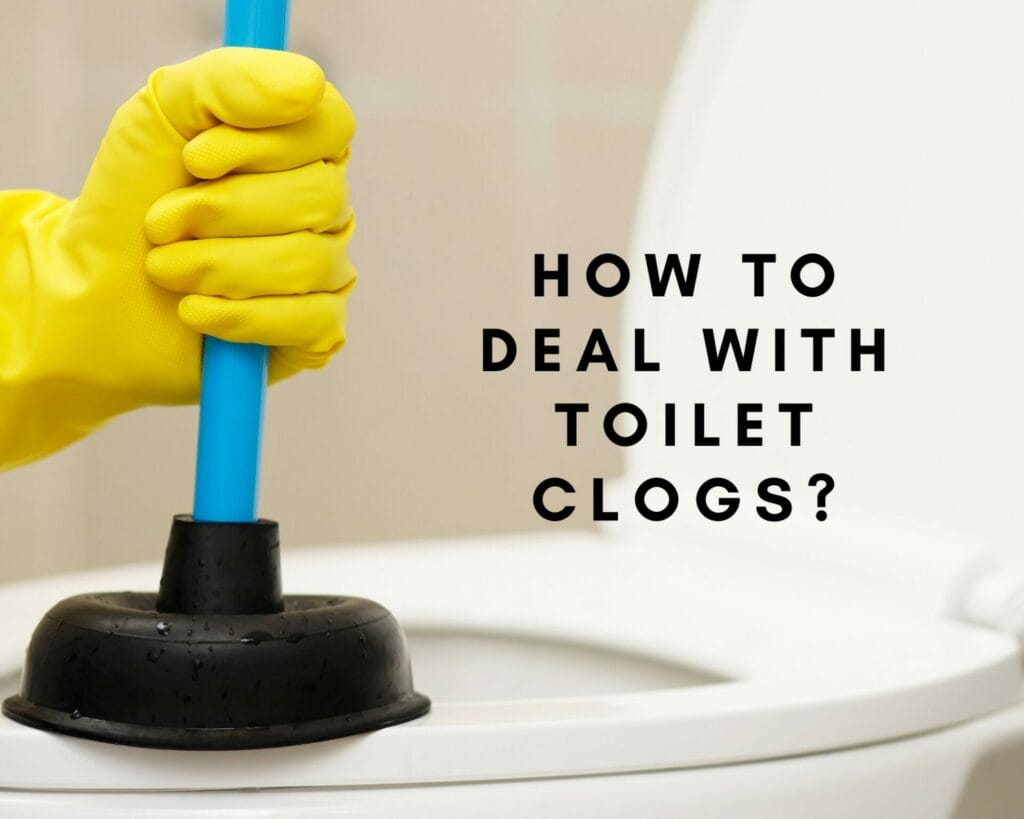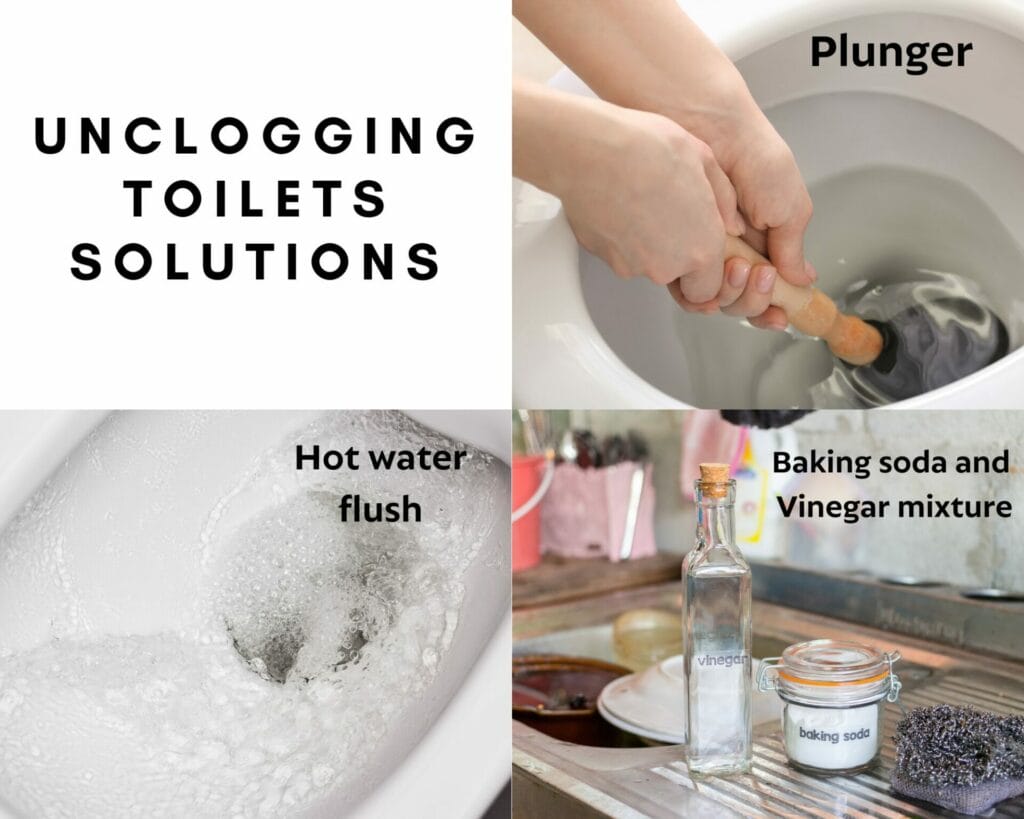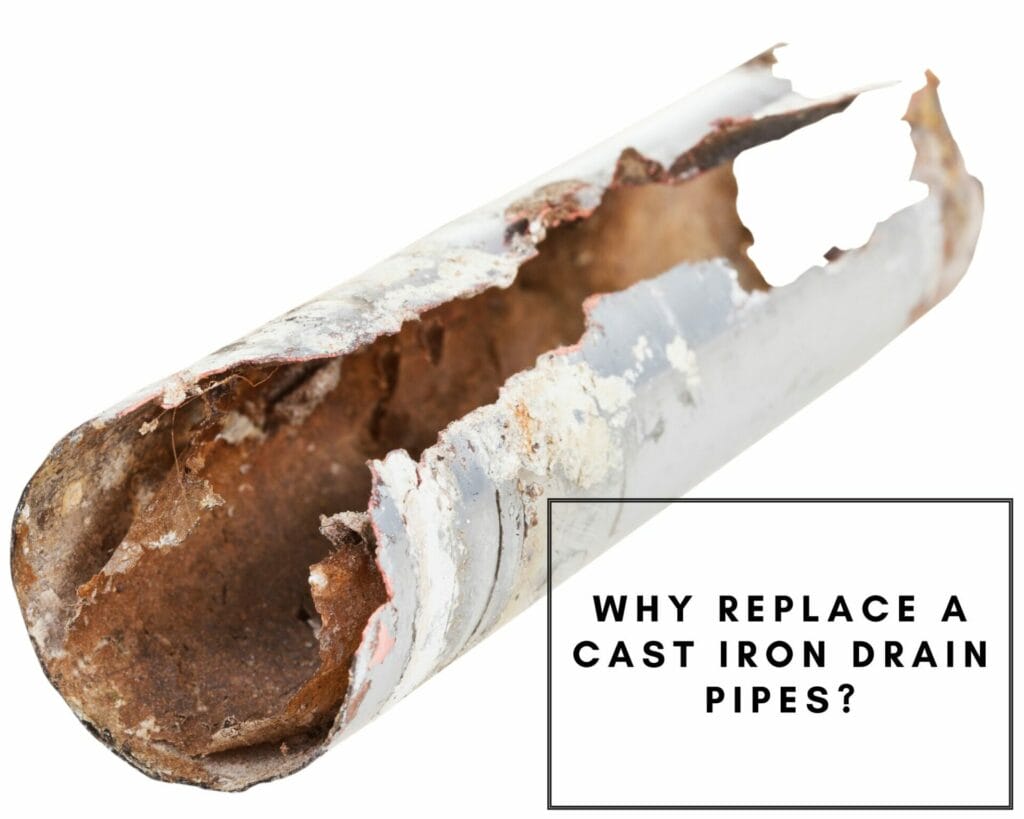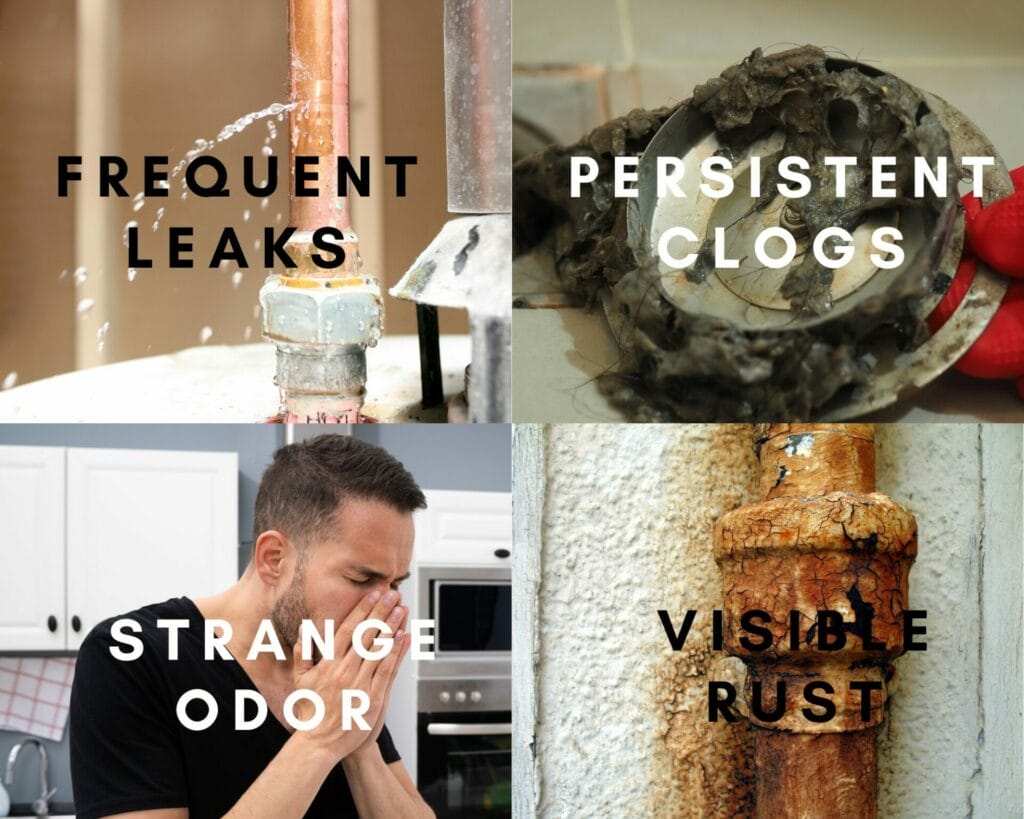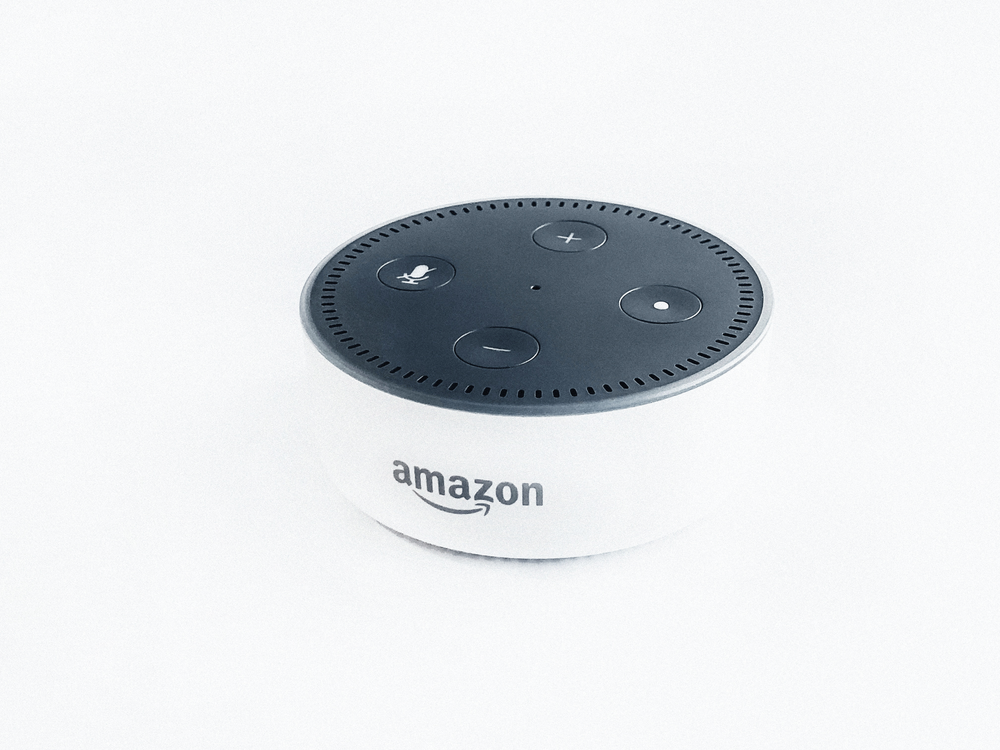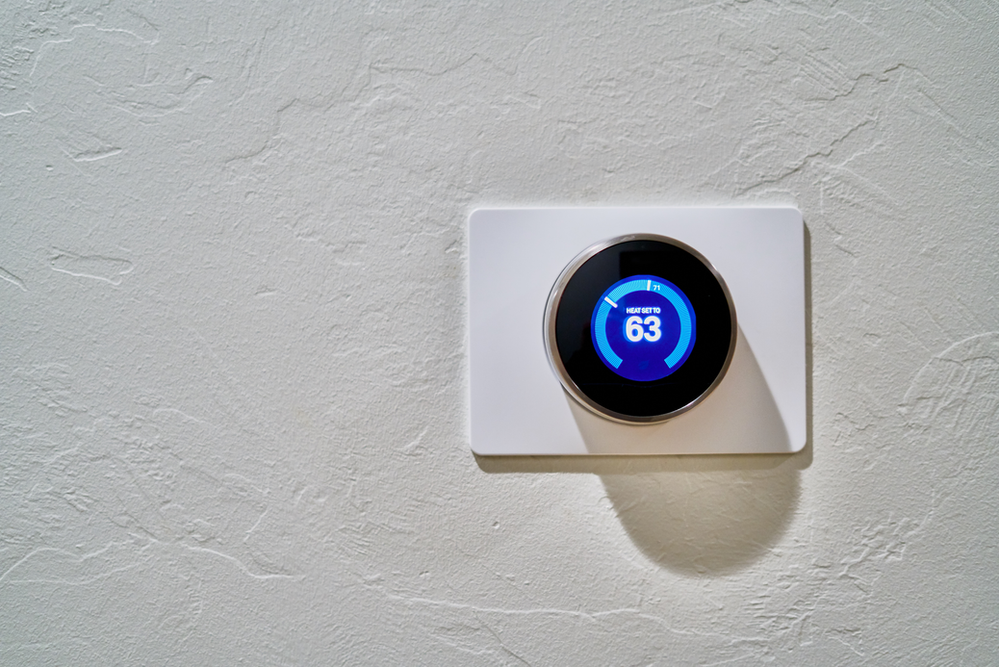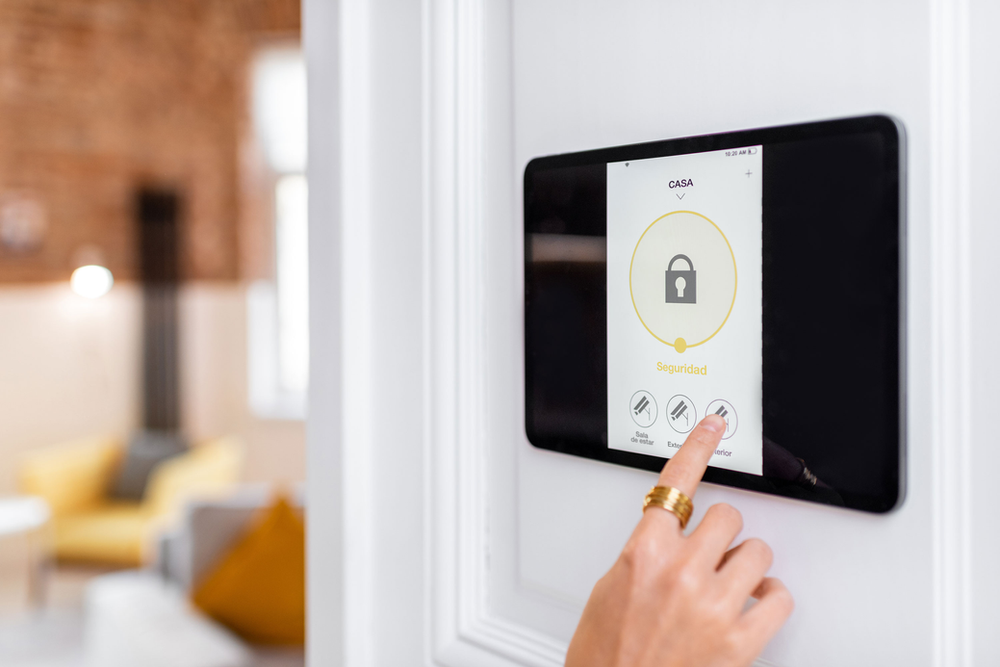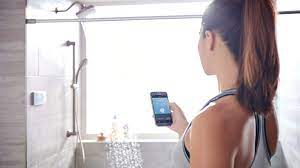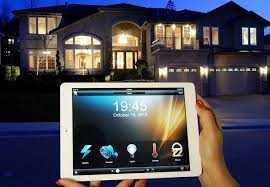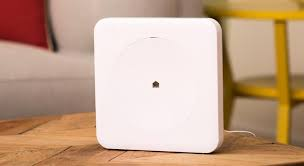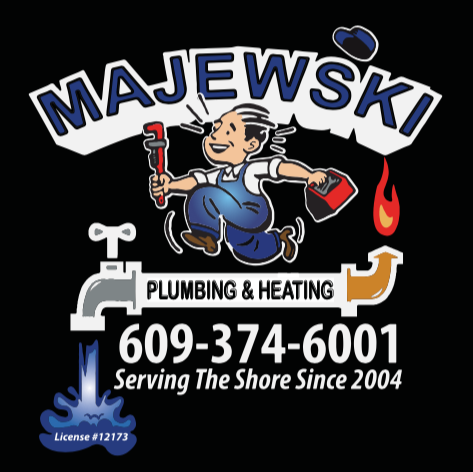Sump Pump Installation: Unveiling Labor Costs for Basement Setups
Understanding Sump Pump Installation Costs
So, you're thinking about sump pump installation?
If you want to keep your basement dry and avoid expensive water damage, a sump pump is a must-have.
Choosing a pump is only the first step; there are a few other considerations to make before installing one.
Considerations such as your location, the specific kind of pump required, and desired features are at the heart of this discussion.
All of these factors can significantly affect the final price.
So, before you go headfirst into sump pump installation, let us explain what factors into the cost and why it is important.

Exploring Regional Cost Differences In Sump Pump Installation
Understanding how sump pump installation costs fluctuate across different regions is pivotal to making informed decisions about protecting your home against potential water damage.
Let's check the intricacies of regional variations and their profound implications on installation expenses.
Cost Comparison by Region
Regional disparities significantly influence the cost dynamics of sump pump installation.
It's essential to grasp the nuances of cost differentials across various geographic locations to adequately prepare for the financial implications.
Urban vs. Rural Dynamics
Urban environments often entail higher labor costs and stringent regulatory requirements, contributing to elevated installation expenses.
Conversely, rural areas may offer comparatively lower labor rates but could present logistical challenges that impact overall costs.
High vs. Low Cost of Living Implications
Consider the cost of living index in your area as a crucial determinant of installation expenditures.
Metropolitan regions characterized by a higher cost of living generally entail steeper installation costs, while locales with lower living expenses may offer more budget-friendly rates.
Climate and Environmental Factors
Regions prone to heavy precipitation or seasonal flooding may necessitate more intense sump pump installations to mitigate water-related risks effectively.
Consequently, areas with heightened susceptibility to water damage may incur higher installation costs due to increased demand and specialized requirements.
Local Regulations and Compliance Standards
Navigating local building codes and regulatory frameworks is integral to ensuring compliance and safety in sump pump installations.
Contractors must allocate resources and time to adhere to specific regulations, potentially influencing installation costs in different regions.
Factors Influencing Labor Costs
Now, let's dive into the nuts and bolts of what goes into determining labor costs for sump pump installation.
There's a lot more to it than just slapping a pump in your basement and calling it a day.
From the type of pump you choose to where it's going and what bells and whistles you want, every detail can have an impact on the final bill.
Pump Type Matters
First things first, the type of sump pump you opt for can significantly influence labor costs.
Submersible pumps, which are installed below the water level in your sump pit, generally require more intricate installation procedures compared to pedestal pumps, which sit above the pit.
The complexity of installing submersible pumps typically translates to higher labor costs.
Location, Location, Location
Where you want your sump pump installed plays a pivotal role in determining labor expenses.
Basement installations are typically more straightforward compared to crawl spaces or other hard-to-reach areas.
Accessible locations make the job easier for contractors, potentially reducing labor costs.
Conversely, installations in cramped or difficult-to-access spaces may require more time and effort, driving up labor expenses.

Accessibility Challenges
Speaking of accessibility, factors like tight corners, narrow doorways, or obstacles in the installation area can pose challenges for contractors.
Difficulty in accessing the installation site can prolong the installation process and necessitate additional labor hours, thereby increasing costs.
Additional Features and Customization
Do you want your sump pump to come with add-ons like battery backups or water level alarms?
While these features can enhance the functionality and reliability of your sump pump system, they also come with added installation complexities and labor costs.
Customization and special features may require more time and expertise from contractors, contributing to higher labor expenses.
Navigating Budgeting and Planning for Sump Pump Installation
Let's dive into the details of budgeting and planning for your sump pump installation. It's more than just saving money and crossing your fingers.
We have some practical advice to guide you through the process and maximize your investment.
Assess Your Needs and Budget
Before getting started on your search for contractors, it's essential to carefully evaluate your needs and establish a realistic budget for your sump pump installation.
Consider these other sets of factors to ensure thorough preparation:
- Water Table Level: Determine the depth of the water table in your area, as this can affect the type and capacity of the sump pump required for effective water management.
- Frequency of Basement Flooding: Assess the frequency and severity of past basement flooding incidents to gauge the level of protection needed from your sump pump system.
- Power Source Options: Explore different power source options for your sump pump, including battery backups or water-powered units, to ensure reliable operation during power outages or emergencies.
- Water Discharge Regulations: Familiarize yourself with local regulations regarding water discharge from sump pumps to avoid potential compliance issues and fines.
- Professional Installation vs. DIY: Evaluate whether to hire a professional contractor for installation or attempt a do-it-yourself approach based on your skill level, time availability, and budget constraints.
Understanding the Crucial Role of Labor Costs in Sump Pump Installation
The complexity of sump pump installation has made it clear that homeowners must have a firm grasp on labor costs if they wish to protect their properties from possible water damage.
The total amount depends on a lot of factors, including the kind of pump, any accessibility issues, and any extra features.
Majewski Plumbing stresses the importance of knowing these things to make sure the installation goes smoothly.
Homeowners can make well-informed decisions and accomplish effective home protection by being proactive with budgeting, planning, and contractor selection.
The labor costs associated with installing your sump pump are crucial to its long-term profitability, so do not discount them.
Majewski Plumbing
1275 Bayshore Rd
Villas, NJ
08251
(609) 374-6001
https://www.majewskiplumbing.com/

